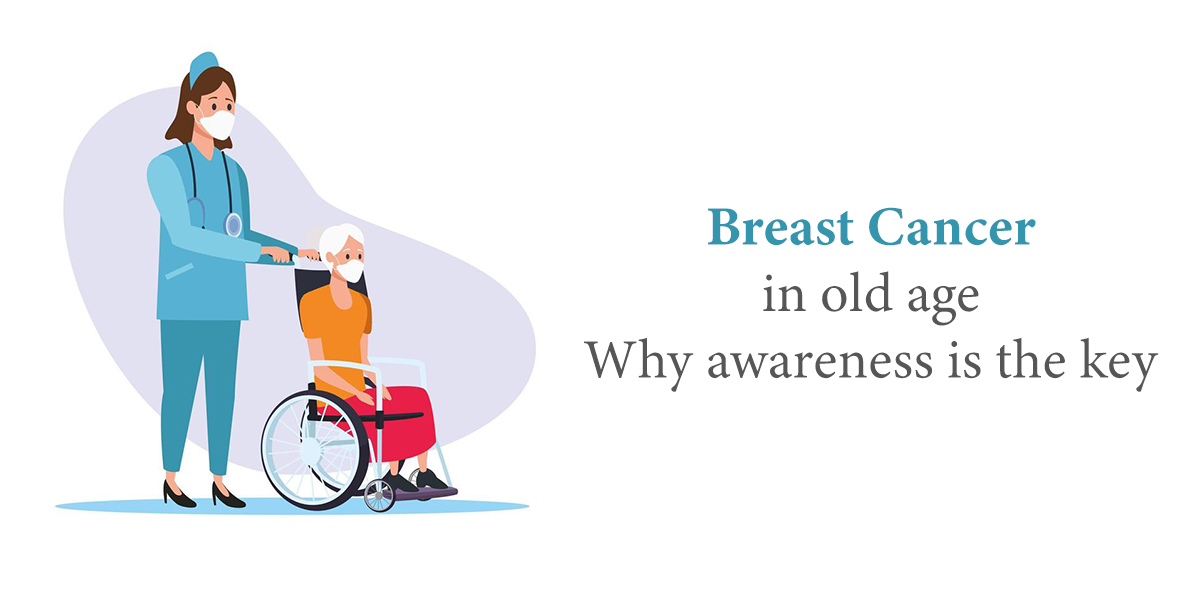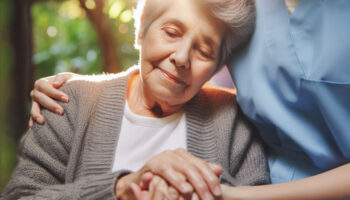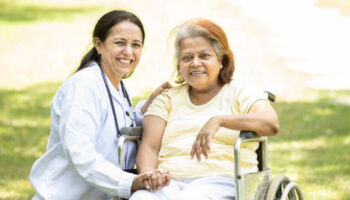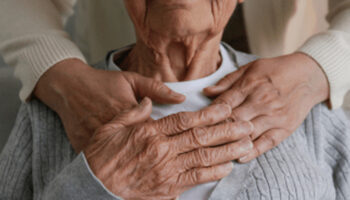Most women who have been diagnosed with breast cancer are above 50. And, breast cancer sits next to skin cancer that affects millions of lives of women each year. In fact, age is considered as one of the risk factors of breast cancer in women.
As a ray of hope, early detection of breast cancer can positively impact the treatment process. This makes being aware of the early symptoms and signs of breast cancer imperative in fighting it better.
Hold tight as we give a clear picture on breast cancer in old women, types of breast cancers, and how to detect them at the earliest possible. Before that let’s have a look at what exactly causes breast cancer in women in general.
What are the symptoms of breast cancer in elderly women?
Elderly women, too, experience the same warning signs as the younger women in the event of breast cancer. Take a look here
- Unusual presence: Development of new lumps, that start small and grow big as the days pass by, is one of the early signs
- Irritation: Dimpling of breast skin and irritation are the other symptoms and the person might feel thickening of the breast
- Discharge of blood: Pain in the nipple area or the whole breast and discharge of blood. You could also observe redness of skin in the area where the lump is located.
Causes of Breast cancer
Breast cancers are always caused by a combination of reasons. And, sometimes there can be multiple combinations of reasons.
- Being female – 99% of breast cancers occur in women. It might sound odd but men also get diagnosed with breast cancer but it is a very rare case scenario.
- Age – Women between 45 and 75 are more likely to develop breast cancer than the rest of the age groups.
- Inheritance – Breast cancer runs in a family. If a close family member has had breast cancer, it is important for you to check for the warning signs at least twice in a month.
- Genetics – Mutation of the genes BRCA1 and BRCA2 can lead to breast cancer. The mutation of BRCA2 genome is the major reason behind breast cancer in men.
In addition, having dense breasts (the presence of too many dense tissues), and having been diagnosed with breast cancer in the past can increase the risk.
Breast lumps is the first warning sign and if you are above 40 and feel a lump, you should seek medical help. Being aware of the early symptoms and causes is extremely important to increase the impact of the treatment.
Types of Breast Cancer
Several types of breast cancers have been bucketed into invasive and non-invasive breast cancers. Invasive cancer will spread to other parts of the breast and non-invasive doesn’t. Now, let’s have a look into the common breast cancer types based on their location
- Invasive Ductal Cancer – Also known as IDC, this type of cancer is considered as the most common type. The roots of cancer could be found in the milk ducts and spreads across the other parts.
- Invasive Lobular cancer – This type of cancerous cells develop the lump in the breast lobules and spread to other parts.
- Non-Invasive Ductal Cancer – Unlike the IDC, this cancer does not spread but confined only to the breast ducts.
- Non-Invasive Lobular Cancer – The cancerous cells continue to develop in the lobules but spares the other parts.
Breast Cancer Treatment
Early detection and the stage evaluation plays a decisive role in finding a cure for breast cancer. Based on the stage, spread, location, and the likelihood of recurrence, the breast cancer specialist will determine the course of the treatment.
Usually the treatment options include various types of surgeries and therapies. Sometimes, the specialist might combine both.
Surgery is the most common treatment option available. The surgery is performed to remove the tumor and the surrounding tissue in the breast to removing the whole breast.
The therapy options including radiation therapy, chemotherapy, and hormone therapy are performed to destroy the cancerous cells, followed by medications. The oncology specialist takes the call for better results after consulting with the patients and her family members.
Stay Informed to Fight Better
Many assisted living facilities and Senior Living Homes take better measures to increase their elders’ awareness on this topic. Talking about breast cancer shouldn’t be a taboo. Keep your loved ones informed about breast cancer.





